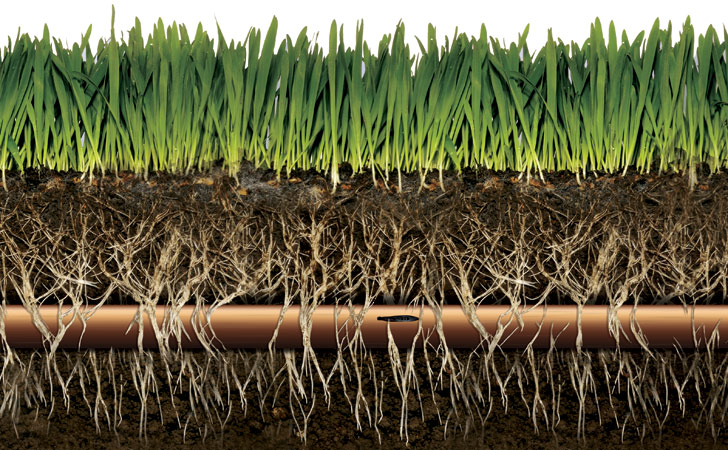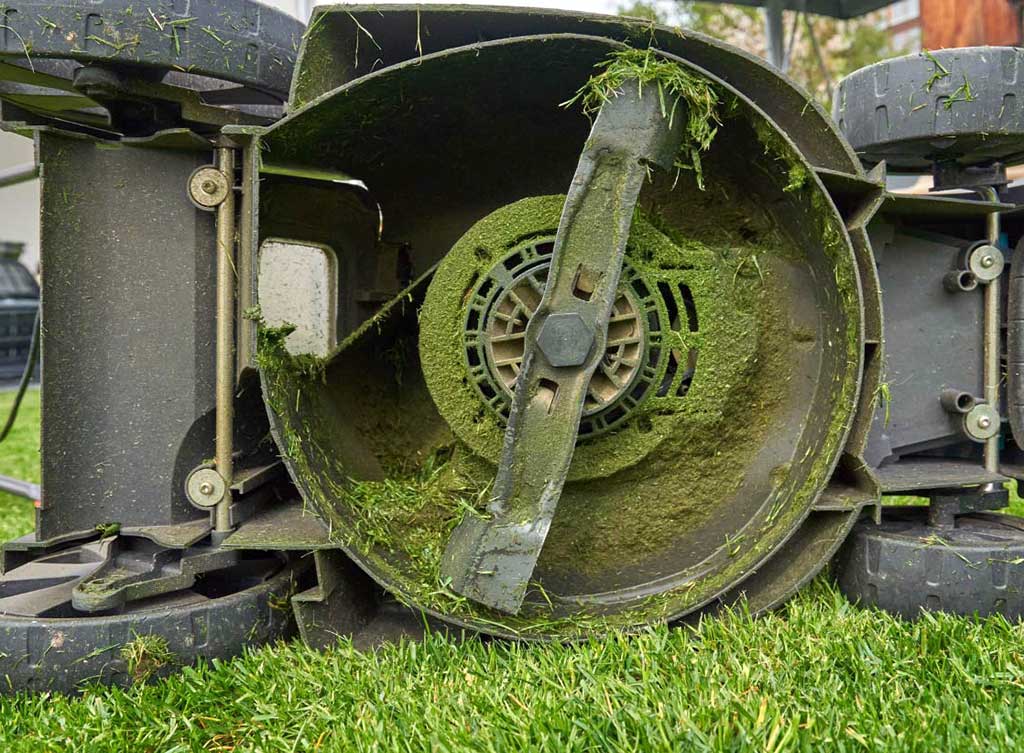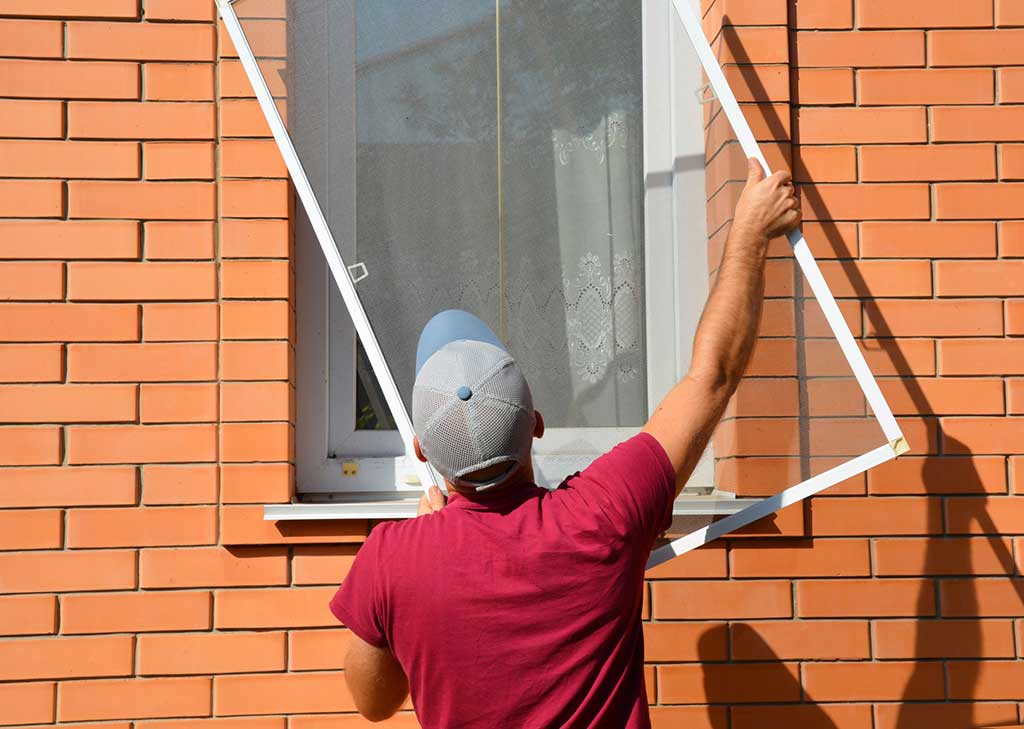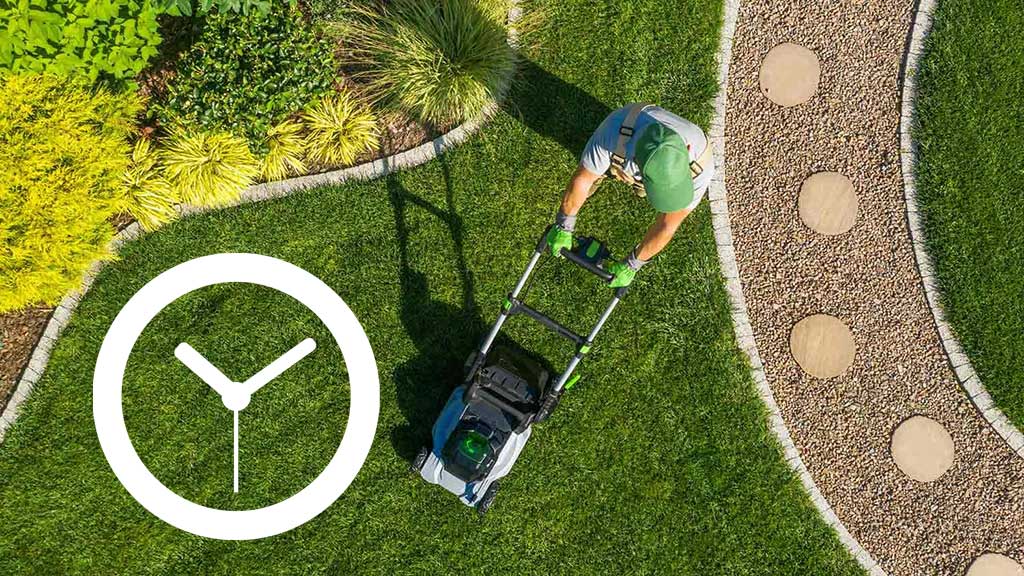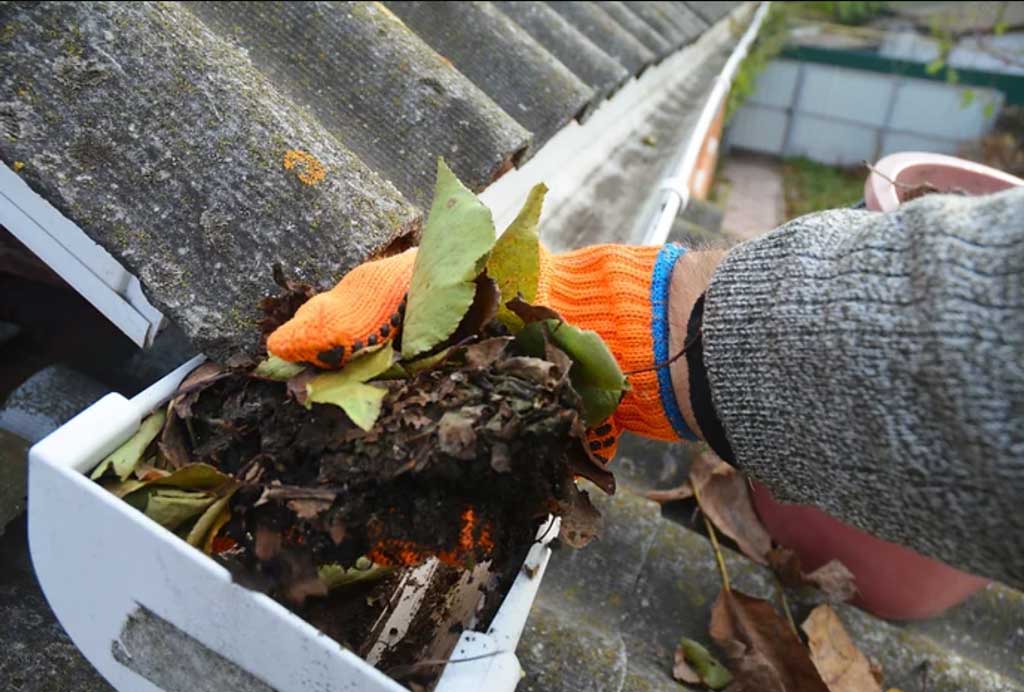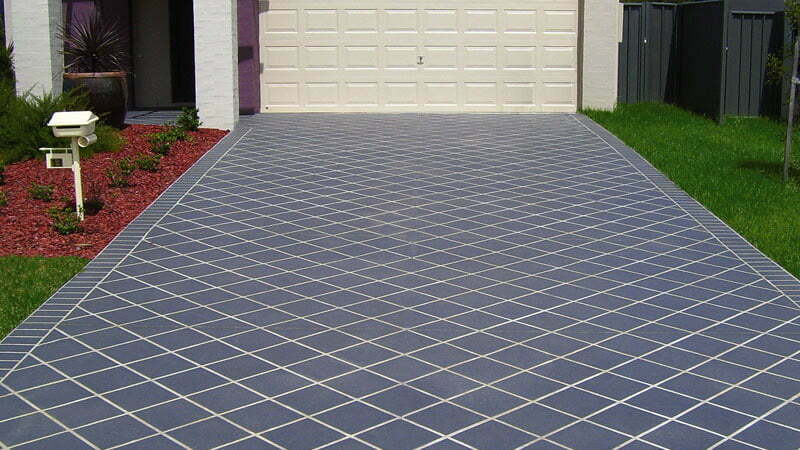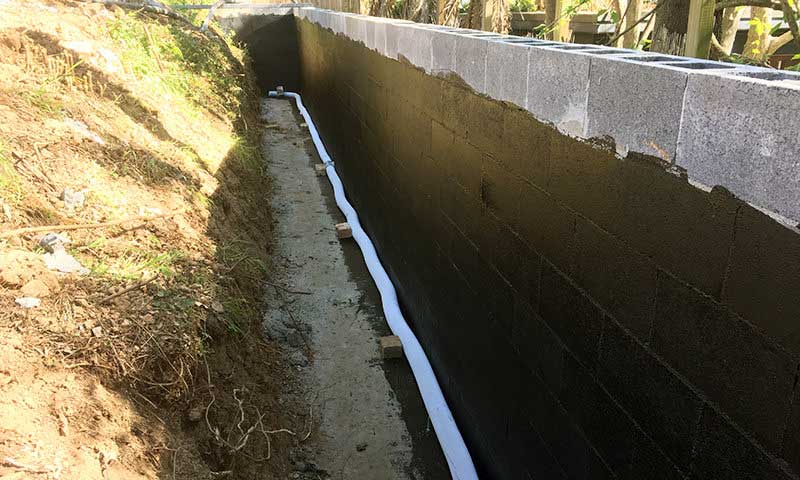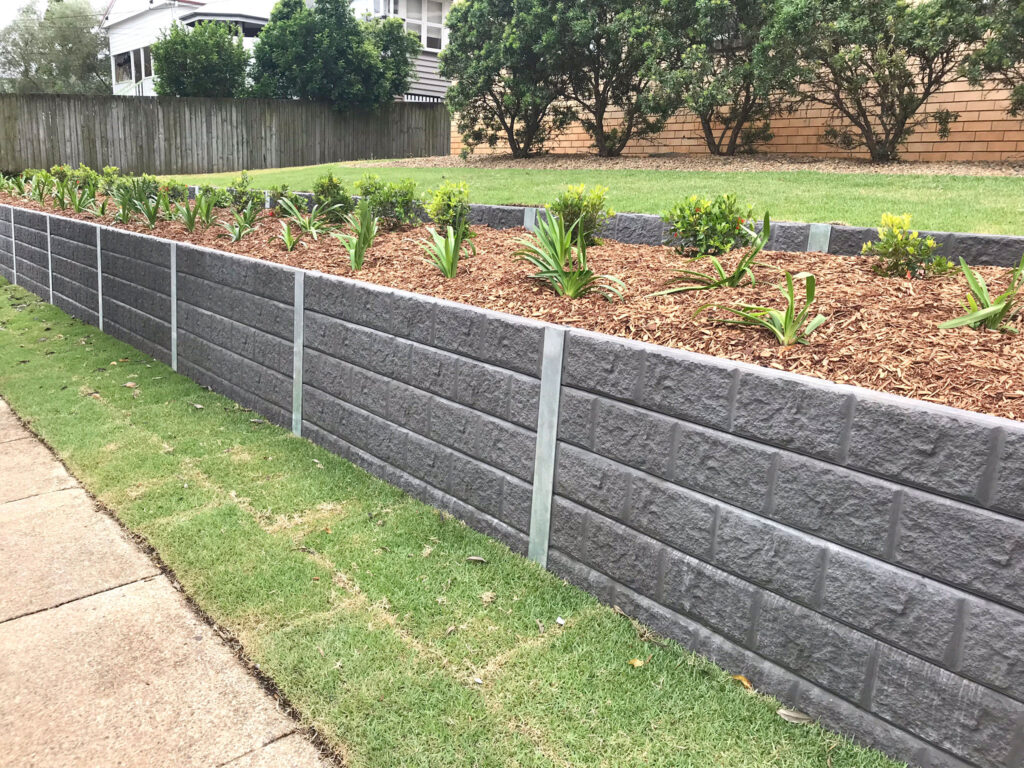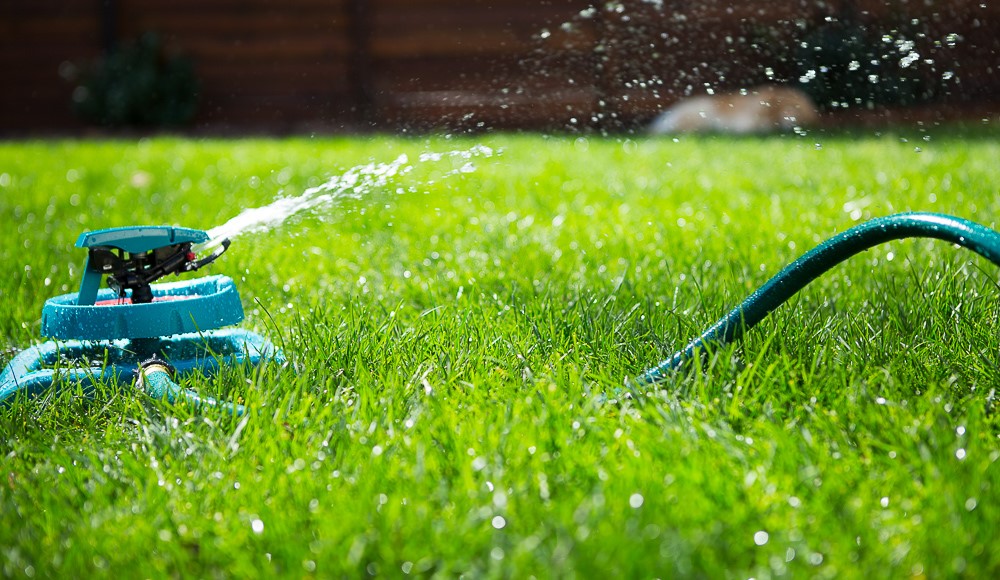Nourishing Roots & Preserving Resources
A flourishing lawn is more than just a patch of green; it's a testament to thoughtful irrigation. Let's explore the world of Subsurface Drip Irrigation (SDI), deciphering its inner workings, advantages, installation process, adaptability to existing lawns, and the crucial decision between a DIY approach and hiring a professional landscaper.
How it Works and Key Components
At its essence, SDI is a revolutionary irrigation system designed to deliver water directly to the root zone, ensuring optimal hydration with minimal waste. The key components of an SDI system include drip tubing, filters, pressure regulators, and emitters. Drip tubing, buried beneath the soil, acts as the lifeline, transporting water to designated areas, while emitters release water in a controlled manner, fostering a healthy and efficient watering process.
Benefits of SDI Systems
Why opt for SDI over conventional irrigation methods? The benefits are manifold. SDI promotes water conservation by directly targeting the root zone, minimizing evaporation and runoff. This precision watering not only leads to healthier plants but also reduces the risk of surface-borne diseases. Additionally, it enhances the efficiency of fertilizer application and can result in substantial long-term cost savings.
Installing an SDI System
The installation process may seem intricate, but it's a blueprint for a sustainable and thriving lawn. Begin by mapping out your lawn, considering water needs, and selecting suitable components. The process involves burying drip tubing strategically, connecting emitters, and ensuring the integration of filters and pressure regulators. While it demands attention to detail, the rewards in water efficiency and plant health are well worth the effort.
Can SDI Systems be Installed in Existing Lawns?
One common question that arises is whether SDI can be retrofitted into an existing lawn. The answer is a resounding yes. While it might involve more strategic planning and potential disruption, experienced professionals can seamlessly integrate SDI into established lawns, revitalizing them with newfound efficiency.
Is an SDI System Right for Your Lawn?
Before taking the plunge into SDI, it's crucial to assess your lawn's unique characteristics. Consider factors such as soil type, plant varieties, and climate. Utilize online tools or consult with experts to determine if SDI aligns with your lawn's specific needs and your environmental goals.
SDI System Maintenance
To ensure the longevity and effectiveness of your SDI system, regular maintenance is key. Periodically check filters for potential clogs, inspect emitters for proper functioning, and monitor water pressure. Seasonal adjustments may be necessary to accommodate changing weather patterns and evolving plant water requirements.
Common SDI System Issues
While SDI systems are renowned for their efficiency, occasional issues may arise. Clogging, emitter malfunctions, and pressure inconsistencies are common culprits. Regular inspections and prompt troubleshooting can prevent these problems from escalating and keep your lawn thriving.
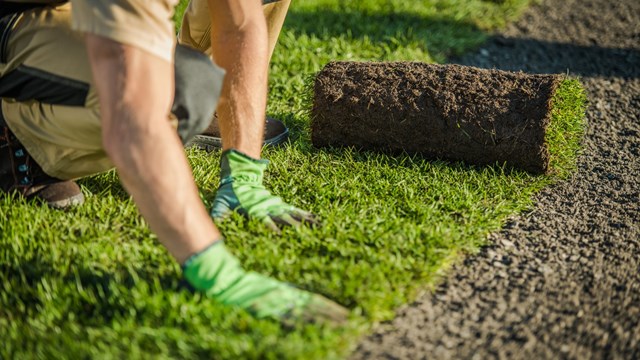
DIY vs. Hiring a Landscaper
The decision to embark on a DIY installation or enlist the expertise of a landscaper hinges on various factors. Assess your comfort with DIY projects, the complexity of your lawn's layout, and your time availability. While many homeowners successfully install SDI systems themselves, a professional landscaper brings expertise and precision to ensure optimal performance.
Tomorrow Starts Below the Surface
In the world of lawn care, SDI emerges as a beacon of efficiency and sustainability. By unraveling its intricacies, understanding its benefits, and navigating the installation process, you pave the way for a lush and vibrant lawn that conserves water and nurtures your outdoor oasis. Whether you're revamping an existing lawn or starting anew, the depths of Subsurface Drip Irrigation hold the key to a greener tomorrow.
